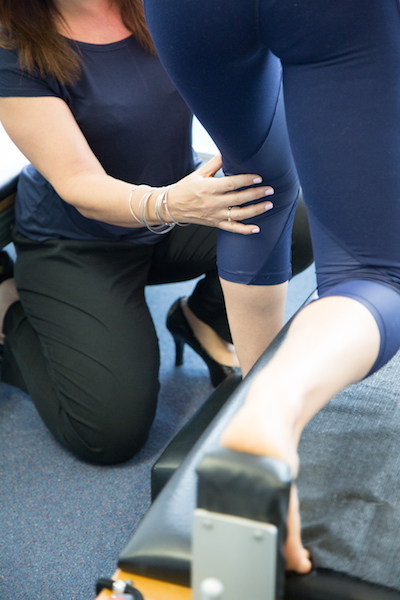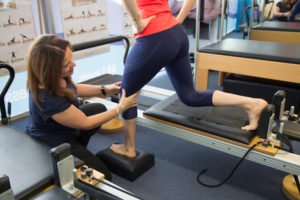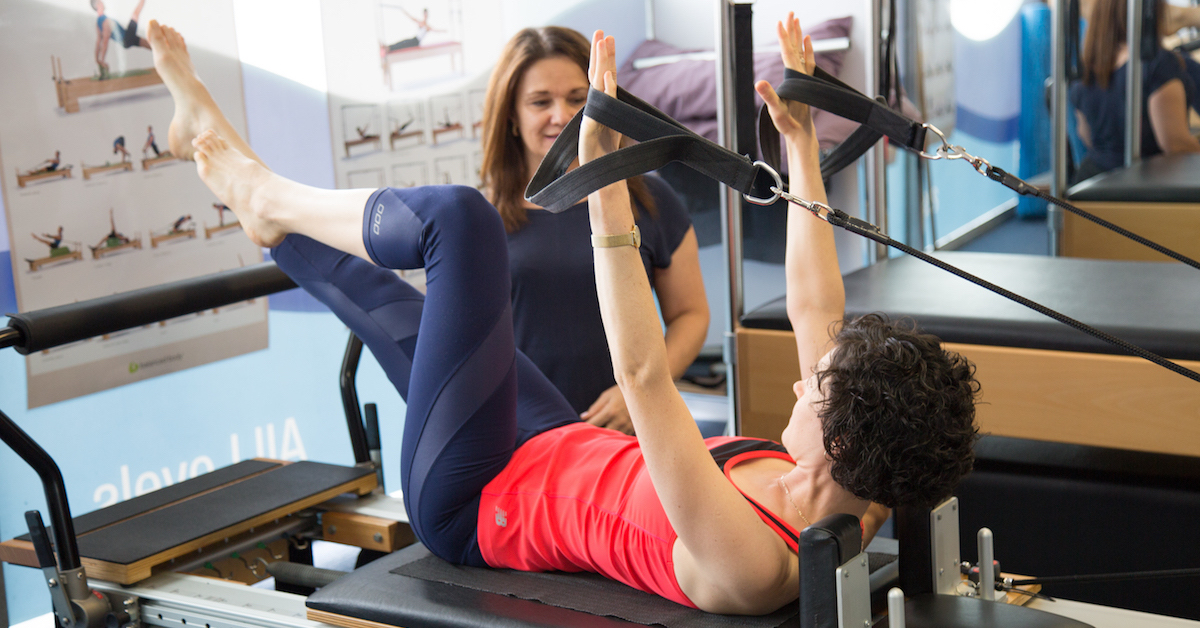Clinical Pilates: the Benefits
Clinical Pilates, when tailored by your physiotherapist, is a system of safe and effective exercises to meet your specific individual needs. It focuses on building strength in the deeper layer of your abdominal muscles, in your deep supportive spinal muscles, and in your hip/pelvic musculature – all of which support/enhance your core strength, balance and stability. Building a strong core foundation will allow your body to function at a higher capacity, improve your posture and reduce the incidence of pain and injury.
Clinical Pilates is also used by elite athletes of all disciplines, including dancers, to improve essential movement patterns and enhance fitness and performance, as well as to assist with injury prevention.
In the last decade, clinical Pilates has been an increasingly popular choice of rehabilitation for any age and ability. With increasing evidence to support its use, let’s take a look at some of the benefits it can provide.
- Prevents injury

- Helps to resolve spinal pain or limb pain
- Improves core stability and pelvic floor function
- Improves the quality of movement, agility and flexibility
- Improves balance reaction times
- Tones muscles
- Increases bone density
- Improves your mobility
Injury prevention
By exercising your body in a balanced manner, clinical Pilates helps to resolve muscle imbalances that we may have, thereby reducing the risk of injury to the body. With better use of core muscles to stabilise the trunk, our limbs have a more stable platform from which to operate reducing the risk of peripheral injury.
Resolution of spinal and limb pain
A lot of spinal pain stems from our muscles “bracing” or contracting excessively and compressing the structures that are experiencing injury, inflammation and swelling. With better control of muscles around the trunk and pelvis and with more normal activation of muscles around these structures, we can eliminate pain from the spine.
Clinical Pilates is also used to rehabilitate the limbs after injury, helping to tone and strengthen – to reduce or eliminate pain and aid in recovery.
Improved core stability and pelvic floor function
The technique used to engage the core muscles during the movement of clinical Pilates also engages the pelvic floor muscles, which strengthens them. Each exercise repeatedly targets the contraction of specific muscle groups thereby toning the muscles that are engaged in the exercises.
Improved quality of movement, balance, agility and flexibility
There are exercises in clinical Pilates that have different focuses, while still engaging the core muscles. There are dynamic movements to test and train your reflexes that will translate to improved reaction times and assist your balance and agility. Other exercises work specific muscle groups to the end of range thereby improving your flexibility. Finally, by controlling the motion, clinical Pilates can fine-tune the muscles to work together in an optimised pattern.
 Toned muscles and increased bone density
Toned muscles and increased bone density
Each exercise is working against the resistance of springs or body weight, thereby stimulating the production of cells to produce more bone in response to the controlled stresses placed on the skeleton.
Improved mobility
Our walking and physical function are determined by our body’s ability to engage our muscles in a specific, refined and efficient manner. When we are reinforcing better muscle recruitment patterns, our body will move more efficiently allowing greater mobility when walking, running, swimming or in any physical activity.
In summary, there are many benefits in the use of clinical Pilates for your body. Contact us for more information.
This post was written by Sophie Halsall-McLennan, the head Physiotherapist at Fresh Start Physiotherapy in Geelong.

